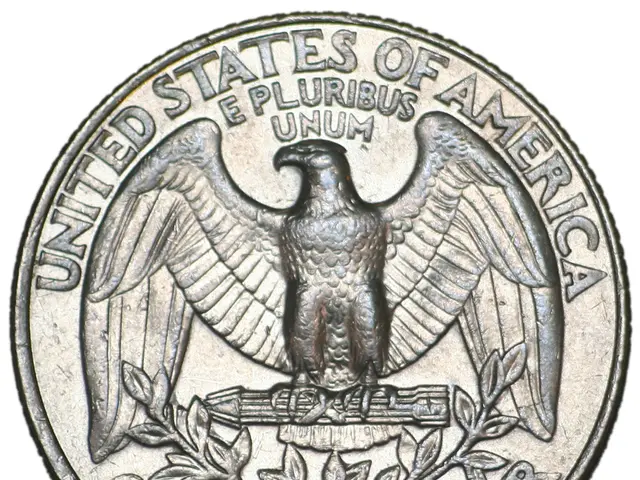BMW swiftly lowers prices for its upcoming 2026 electric vehicles
BMW is pulling out all the stops to attract EV buyers ahead of the looming cancellation of the $7,500 Federal EV tax incentive in September 2025. The luxury car manufacturer is offering a range of incentives on its 2026 model year EVs, including loyalty contributions, substantial cash back, and special financing rates.
The i5 and i7 are receiving additional loyalty contributions of $1,000 and $4,000 respectively, while the BMW XM comes with a $7,500 lease incentive. Moreover, a $1,000 conquest bonus is available for drivers of eligible EVs and PHEVs from other brands, and is stackable with other offers.
For those who prefer to own their vehicles, the 2026 BMW i7 luxo-cruiser can be purchased with a $7,500 Loan Credit when financing with BMW Bank. The i5, i7, and iX models are also available with substantial lease incentives, offering $9,900, $9,900, and $7,500 lease credits respectively.
BMW Bank is offering financing rates as low as 3.99% for up to 60 months on the 2026 i5, i7, and iX, and 4.99% APR for 60 months on the XM plug-in hybrid.
CarsDirect is reporting these unusual loyalty deals from BMW, suggesting the brand is keen to capitalize on a spike in EV sales as the tax credit nears its end.
EV Sales Growth and the Impact of the Expiring Tax Credit
In the first half of 2025, BMW Group's electrified vehicle deliveries grew by 18.6% year-on-year, with BEV sales up 15.7% to 220,583 units. Electrified vehicles accounted for 26.4% of total BMW deliveries.
The expiration of the federal tax credit is creating a last-minute surge in demand, with buyers eager to claim the $7,500 credit before September 30, 2025. This rush is expected to clear out remaining dealer inventory in Q3 2025, causing a temporary boost in sales.
After the incentive ends, sales could slow, as seen in the broader market where Q2 2025 EV sales already showed some slowing for major automakers like Tesla. Some buyers may shift to used EV markets or brands still eligible for incentives if available.
BMW's Outlook and Market Challenges
Despite the tax credit ending, BMW projects slight growth in sales and an increased BEV share by the end of 2025, indicating confidence in their product lineup and demand resilience. MINI’s battery-electric models are notably driving growth, with over 34% of MINI sales being BEVs.
Broader headwinds such as tariffs and shifts in consumer preferences could complicate growth, but BMW’s robust business model and diverse electrified portfolio may mitigate risks.
In summary, BMW anticipates the $7,500 federal tax credit expiration will likely cause a short-term rush to buy electric vehicles, followed by more moderate growth rather than a sharp decline in EV sales through 2025. Their strategy and strong product mix, especially with MINI’s BEVs, position them to maintain and slightly grow EV sales even as the tax incentives end.
- BMW's focus on electric vehicles (EVs) is evident as they offer attractive incentives, such as loyalty contributions and special financing rates, for their 2026 model year EVs, including the i5, i7, and XM, to attract buyers before the end of the $7,500 Federal EV tax incentive in September 2025.
- The automotive industry, particularly BMW, is leveraging green energy to ensure growth, with financial institutions like BMW Bank offering low-interest rates on loans for EVs, such as the i5, i7, and iX, to encourage the adoption of electric vehicles in the transportation sector.
- As the federal tax credit for electric vehicles nears its end, there's an increasing demand within the industry for green energy solutions, as manufacturers like BMW are developing diverse electrified portfolios to capitalize on this market shift and maintain sales growth in the long term.




